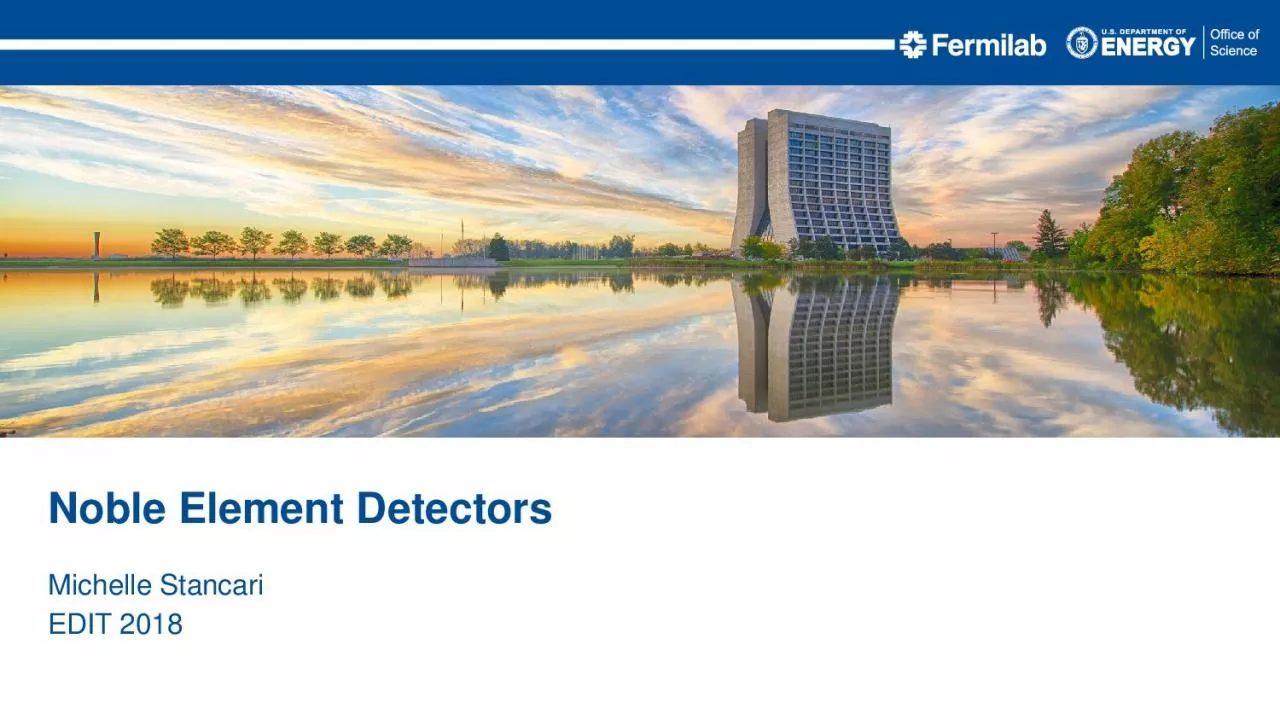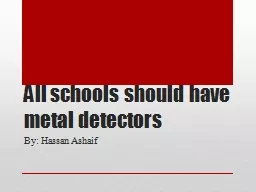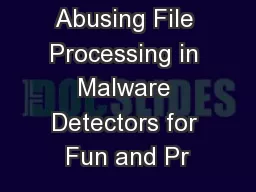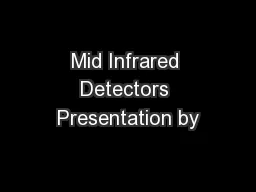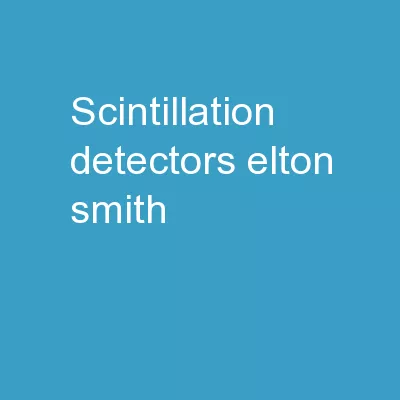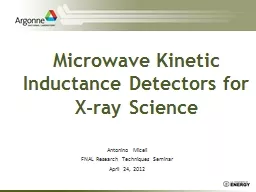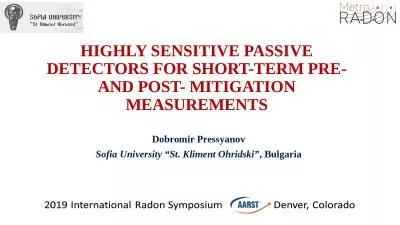PPT-Noble Element Detectors Michelle Stancari
Author : obrien | Published Date : 2023-10-04
EDIT 2018 Michelle Stancari Noble Element Detectors EDIT 2018 2 Abundant ionization and scintillation light No electronegativity free electrons travel large distances
Presentation Embed Code
Download Presentation
Download Presentation The PPT/PDF document "Noble Element Detectors Michelle Stancar..." is the property of its rightful owner. Permission is granted to download and print the materials on this website for personal, non-commercial use only, and to display it on your personal computer provided you do not modify the materials and that you retain all copyright notices contained in the materials. By downloading content from our website, you accept the terms of this agreement.
Noble Element Detectors Michelle Stancari: Transcript
Download Rules Of Document
"Noble Element Detectors Michelle Stancari"The content belongs to its owner. You may download and print it for personal use, without modification, and keep all copyright notices. By downloading, you agree to these terms.
Related Documents

